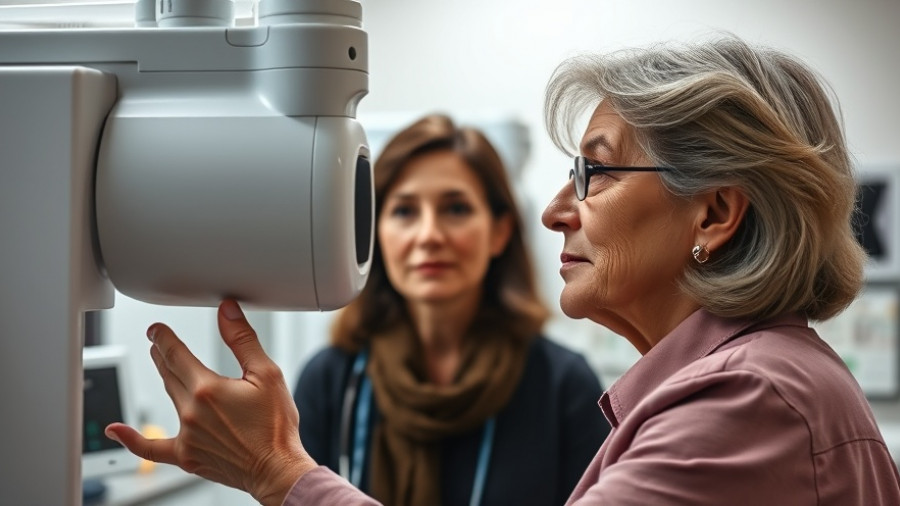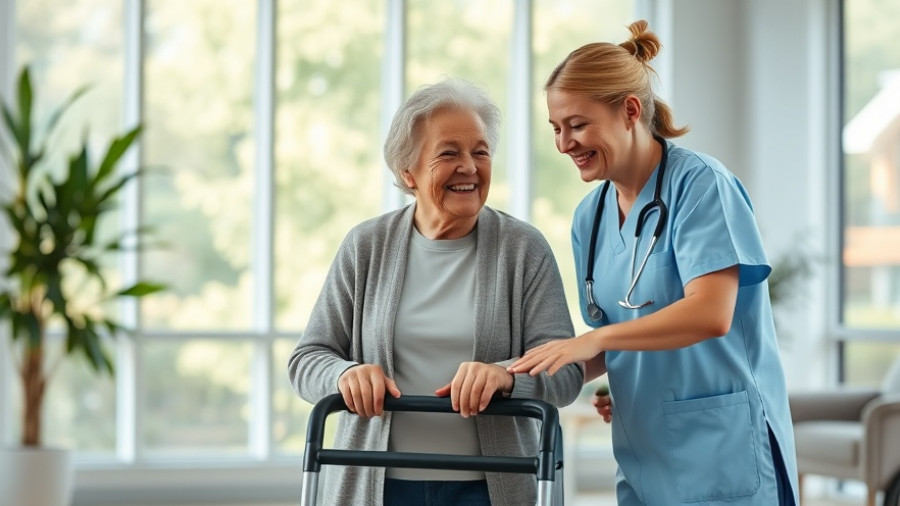
Understanding the Dangers of Falls in Aging
As our loved ones age, one of the primary concerns we share is their safety, especially regarding falls. Falls are a leading cause of injury among older adults, often leading to severe outcomes like broken hips or traumatic brain injuries. Age brings about natural changes in muscle strength and balance, further exacerbated by deteriorating vision and medication side effects that might result in dizziness. It’s crucial to be aware of these factors to take preventive measures.
Common Household Hazards to Address
Home environments can harbor numerous risks for seniors. From poor lighting to cluttered walkways, simple household items can quickly become dangerous. Begin by decluttering to remove any potential trip hazards, such as loose rugs or electrical cords. Enhancing lighting throughout the house also plays a critical role—brighter bulbs in strategic places can illuminate potential dangers that might otherwise go unnoticed. Outdoors, fallen leaves and wet surfaces can lead to slips; regular maintenance, such as sweeping pathways, is essential.
Safety Modifications for Peace of Mind
Making modifications to a home can significantly boost safety. Installing grab bars in bathrooms and stair railings can provide critical support for older adults. Moreover, shower safety can be improved with non-slip mats and sturdy shower chairs. Nowadays, options like walk-in tubs or increasing home accessibility through ramps can empower our loved ones to maintain their independence while minimizing fall risks.
Beyond the Home: A Holistic Approach to Fall Prevention
While adjusting the physical environment is important, attention must also be directed to health matters. Regular eye check-ups ensure that seniors maintain optimal vision. Furthermore, reviewing medications with a healthcare professional to identify any drugs that could impair balance is vital. It’s equally important to invest in appropriate footwear—shoes with good grip should replace socks indoors to prevent slips.
Encouraging Safe Mobility
Simple habits can further prevent falls. Encourage loved ones to take their time when moving from seated to standing positions. For those who may need extra support, canes or walkers can provide the necessary stability to navigate safely. Training caregivers to recognize and reduce fall hazards is also beneficial; support from trained professionals can offer additional peace of mind for families concerned about their elderly relatives' safety.
By implementing these steps and actively working towards maintaining a safe living environment, we can help our aging loved ones continue to enjoy independence while minimizing their risk of falls.
 Add Row
Add Row  Add
Add 




Write A Comment